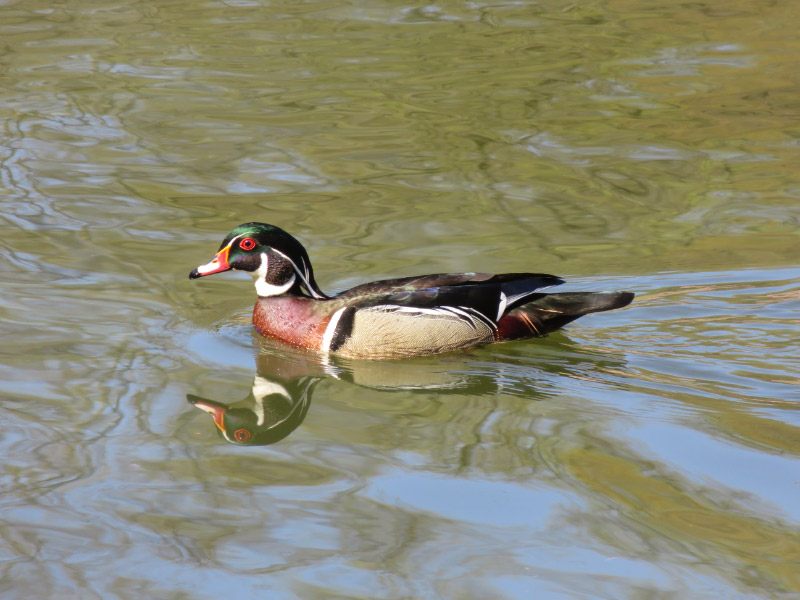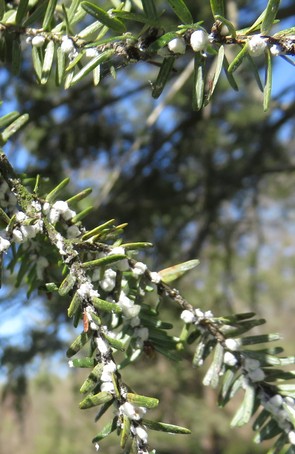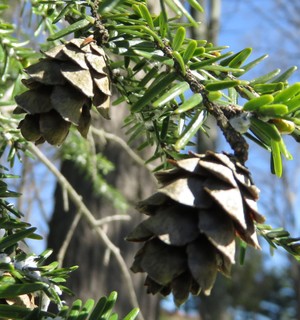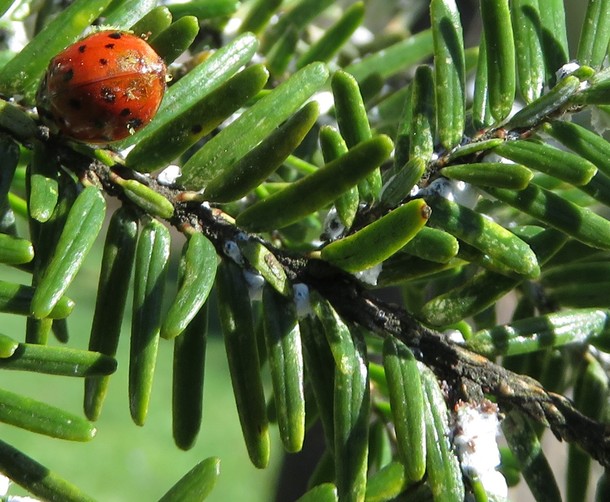Learning Log – March 2016
/March was a huge month for classes...both online and traditional classroom/field work.
 The 6 modules of Coursera’s Big History were a whirl wind discussion beginning with the Big Bang to the present and then initiating the importance of our understanding Big History as we contemplate our actions into the future. This is unlike any history course I’ve taken before in that it integrates a lot of disciplines rather than the traditional view of history. In Big History - wars and memorization of dates are way down on the scale of importance. Instead thinking about increases in complexity and energy flows are the drivers of change….and human history is in the context of the universe rather than insular to our species. I still have some references from the course to read/view but I was so fascinated by the material that I did all the lectures in March!
The 6 modules of Coursera’s Big History were a whirl wind discussion beginning with the Big Bang to the present and then initiating the importance of our understanding Big History as we contemplate our actions into the future. This is unlike any history course I’ve taken before in that it integrates a lot of disciplines rather than the traditional view of history. In Big History - wars and memorization of dates are way down on the scale of importance. Instead thinking about increases in complexity and energy flows are the drivers of change….and human history is in the context of the universe rather than insular to our species. I still have some references from the course to read/view but I was so fascinated by the material that I did all the lectures in March!
 I finished 9 of the 11 modules of Coursera’s Soul Beliefs: Causes and Consequences Unit 2: Belief Systems. This is a continuation of Unit 1 which I finished in February. This part of the course is delving more into neuroscience and psychology. I’ve enjoyed it.
I finished 9 of the 11 modules of Coursera’s Soul Beliefs: Causes and Consequences Unit 2: Belief Systems. This is a continuation of Unit 1 which I finished in February. This part of the course is delving more into neuroscience and psychology. I’ve enjoyed it.
The Howard County Conservancy provided volunteer naturalist training for the spring field trips that will beginning in April for pre-school through middle school students. There was quite a range of topics: rocks, history of the places where we hike, insects, habitats, watersheds, literacy, seasons, and Bioblitz. In each of the 7 sessions, there was a classroom segment and then a hike to demonstrate the types of things we would do with the students. We looked at macroinvertebrates in the stream, learned to use iNaturalist, explored the hiking routes in detail, and sometimes pretended we were students. The first field trip is next Monday….so we’ll see how prepared we all are very soon!
Then there were all kinds of experiential learning going on – here are my top three for March:
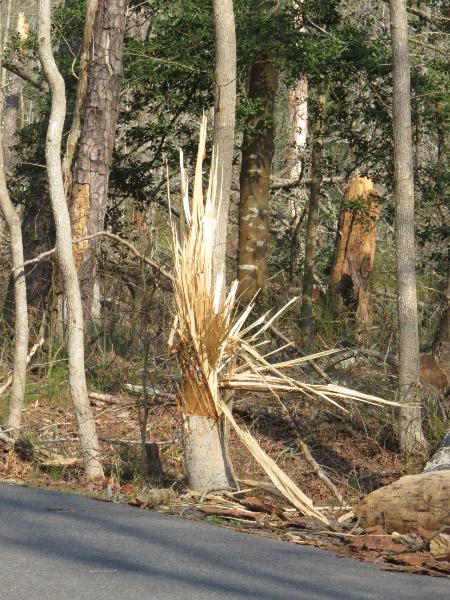 Observing the effect of the combination of pine bark beetles, tree age, salt mist, and big storms at Chincoteague
Observing the effect of the combination of pine bark beetles, tree age, salt mist, and big storms at Chincoteague
Noting the large number of Tundra Swans at Eastern Neck National Wildlife Refuge and Snow Geese at Blackwater National Wildlife Refuge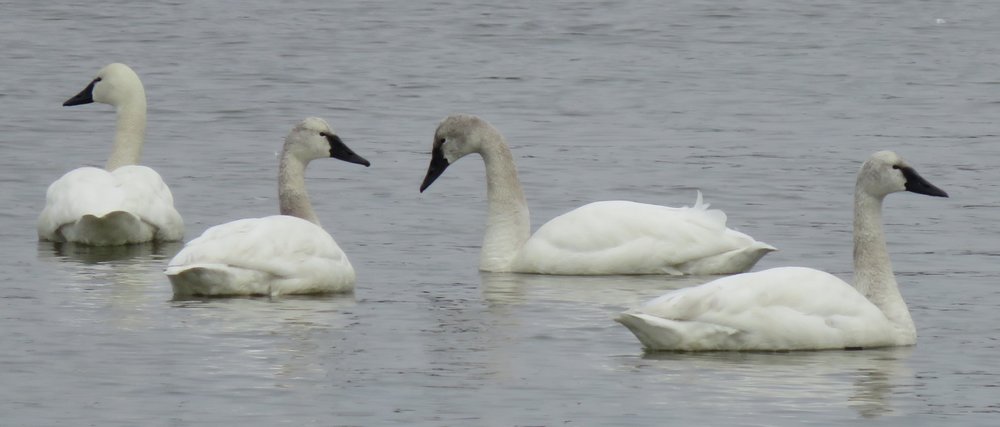
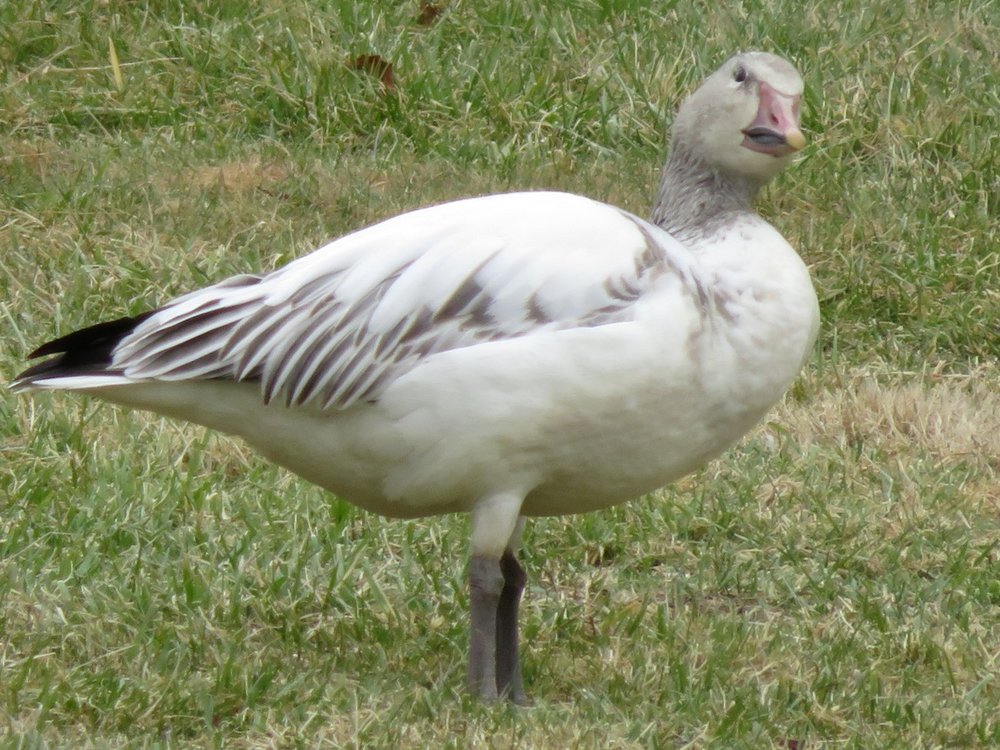
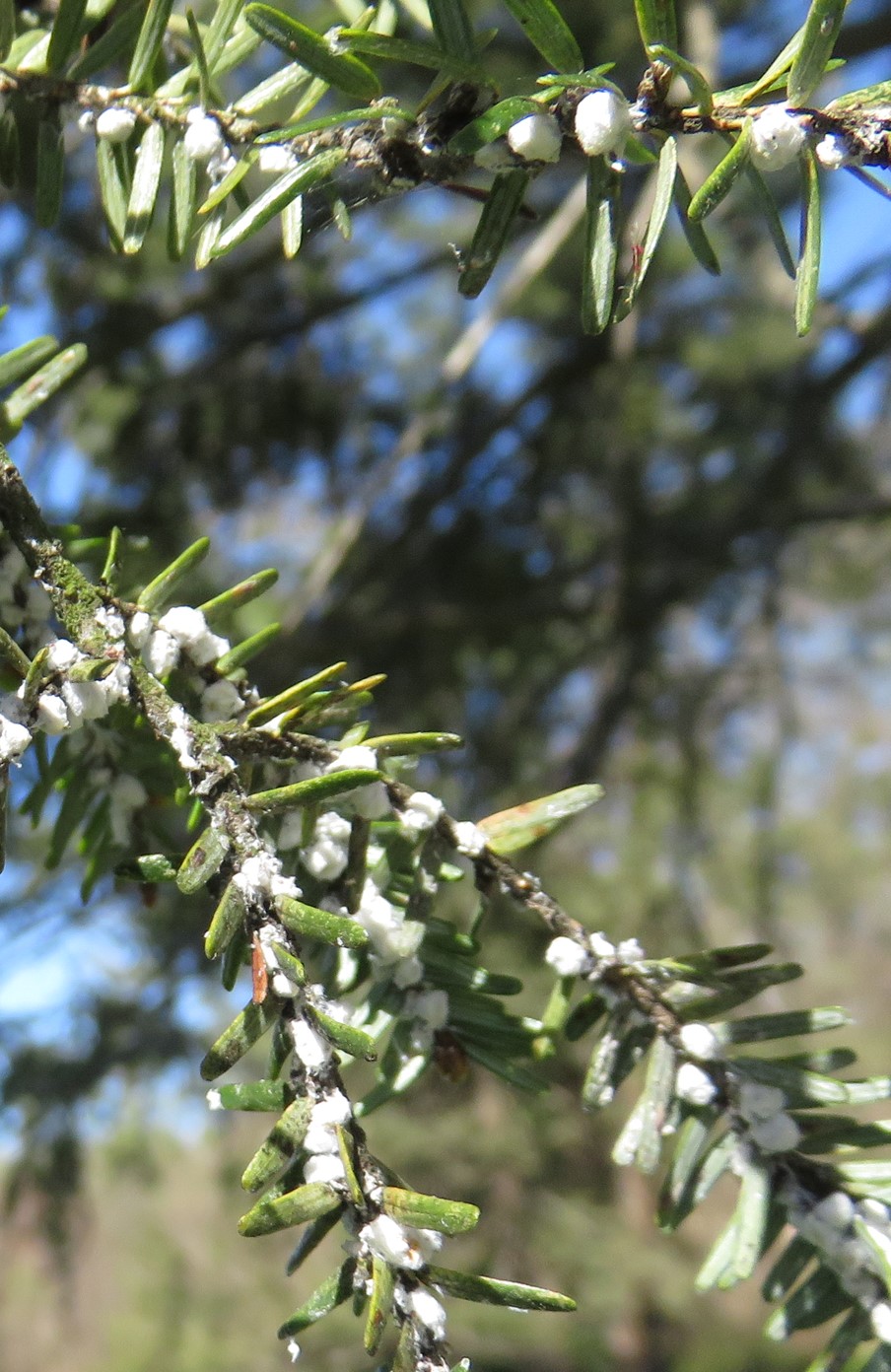 Seeing two organisms I knew about from books and pictures but had not seen in the wild: the hemlock woolly anelgid (see previous post here) and a wood duck (more images coming in an upcoming post).
Seeing two organisms I knew about from books and pictures but had not seen in the wild: the hemlock woolly anelgid (see previous post here) and a wood duck (more images coming in an upcoming post).